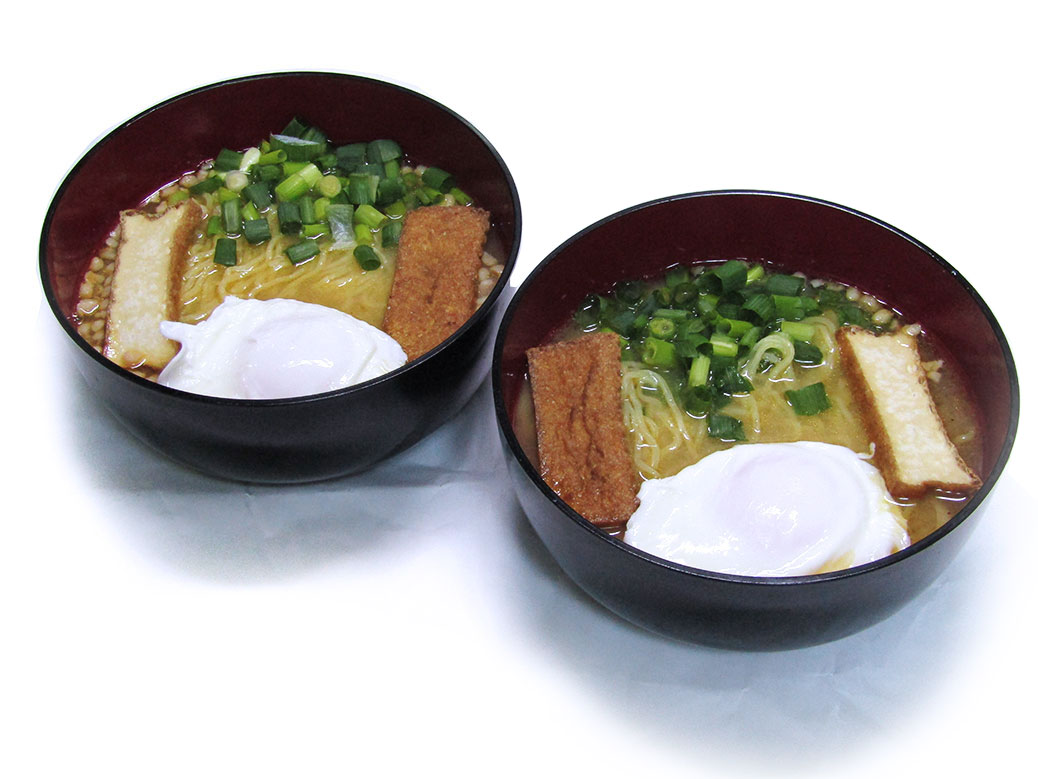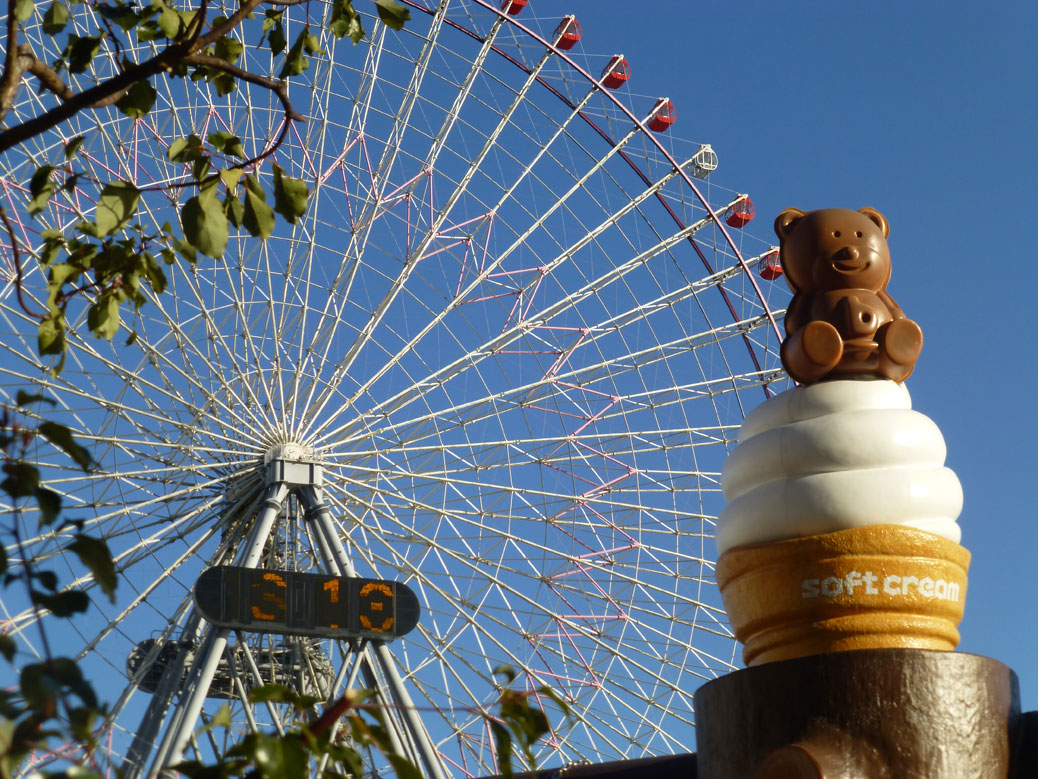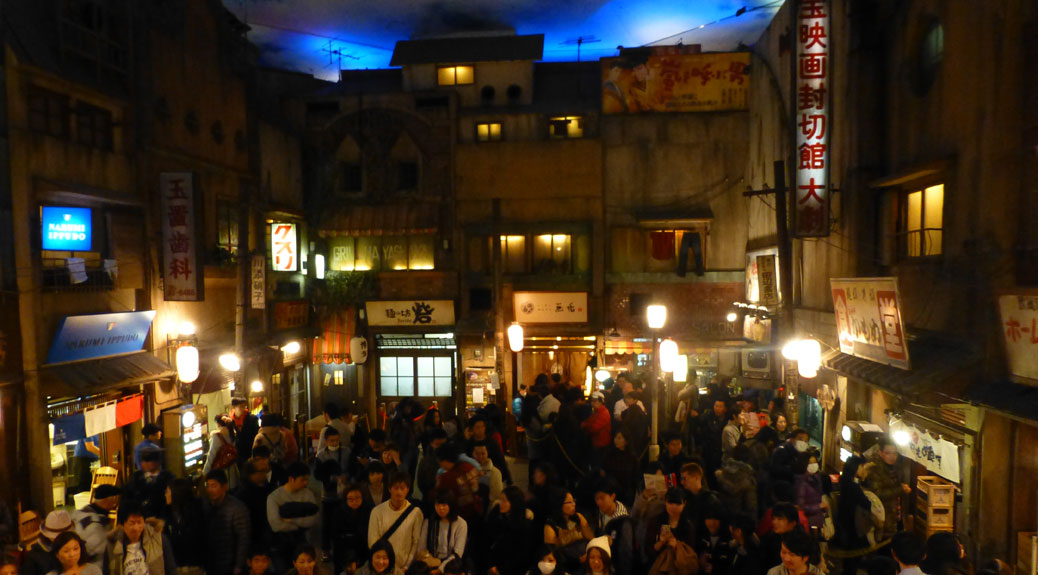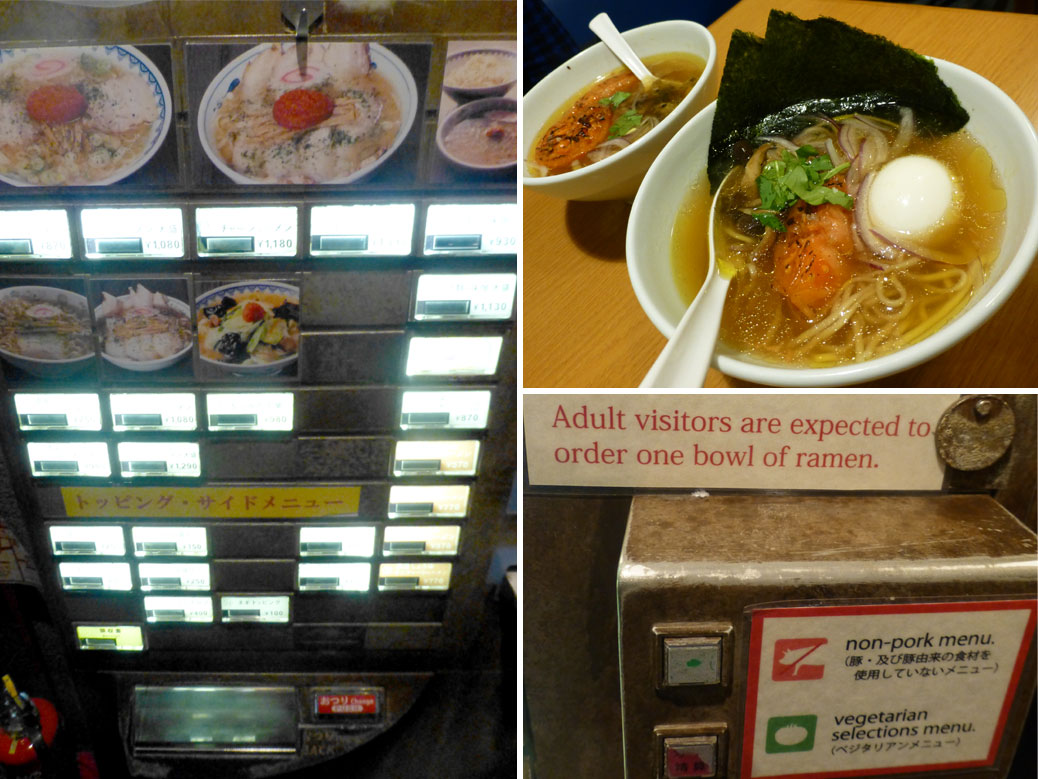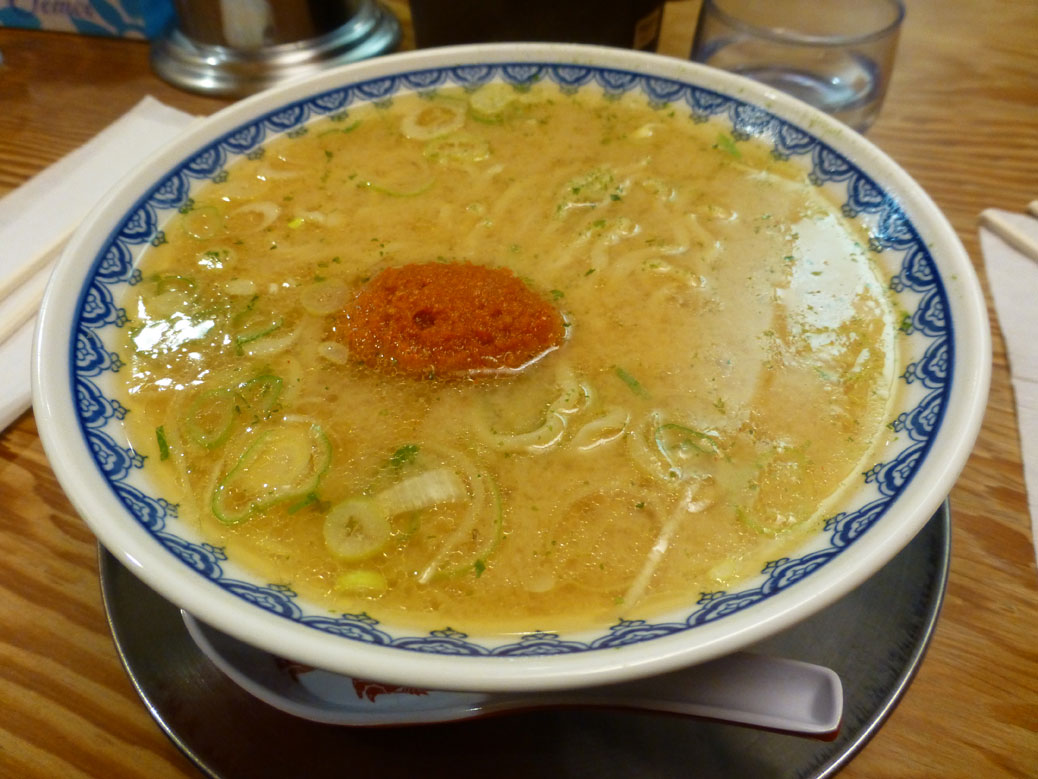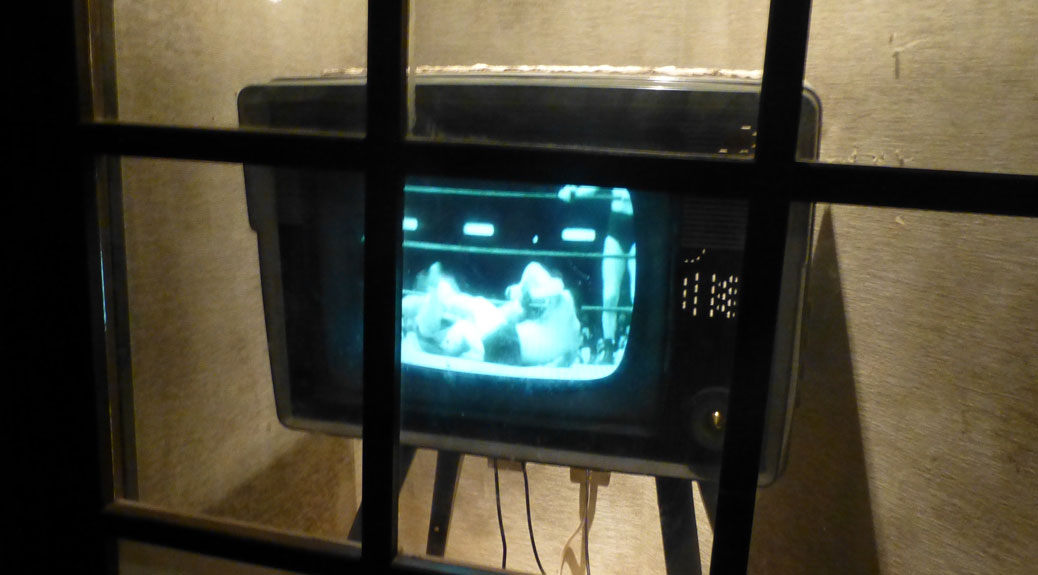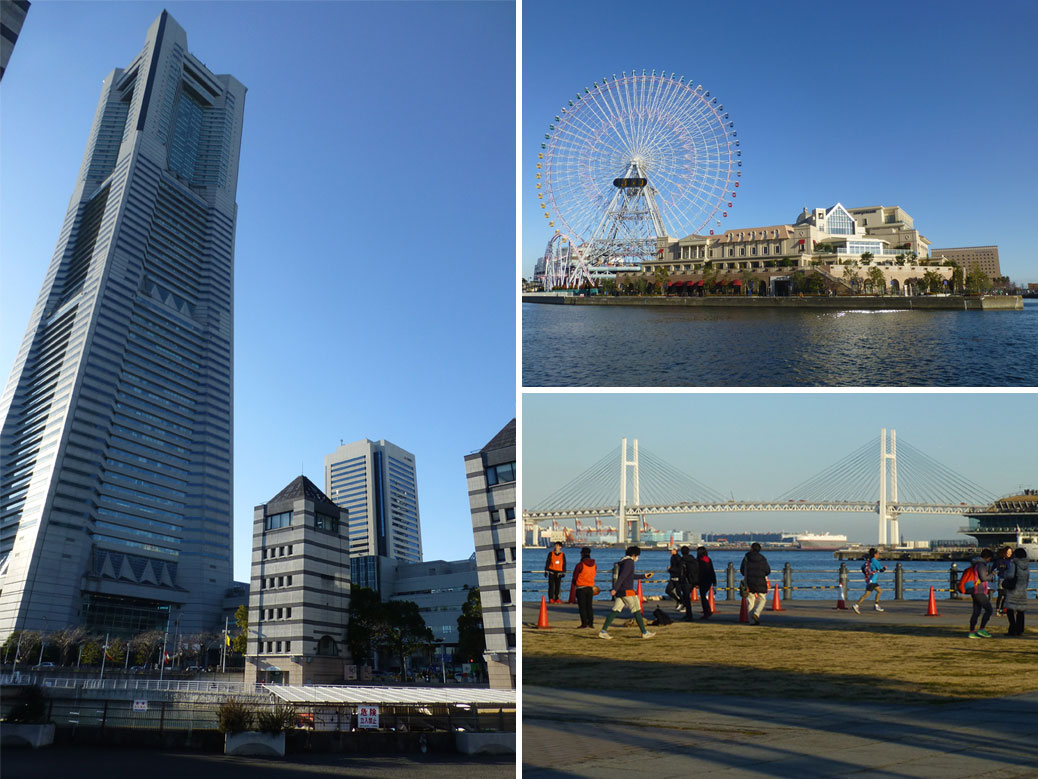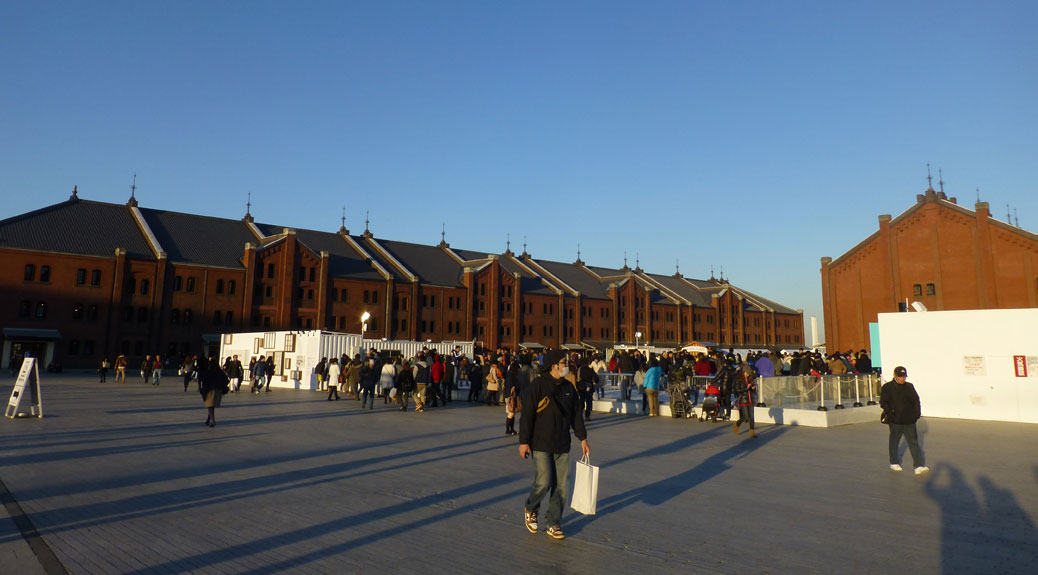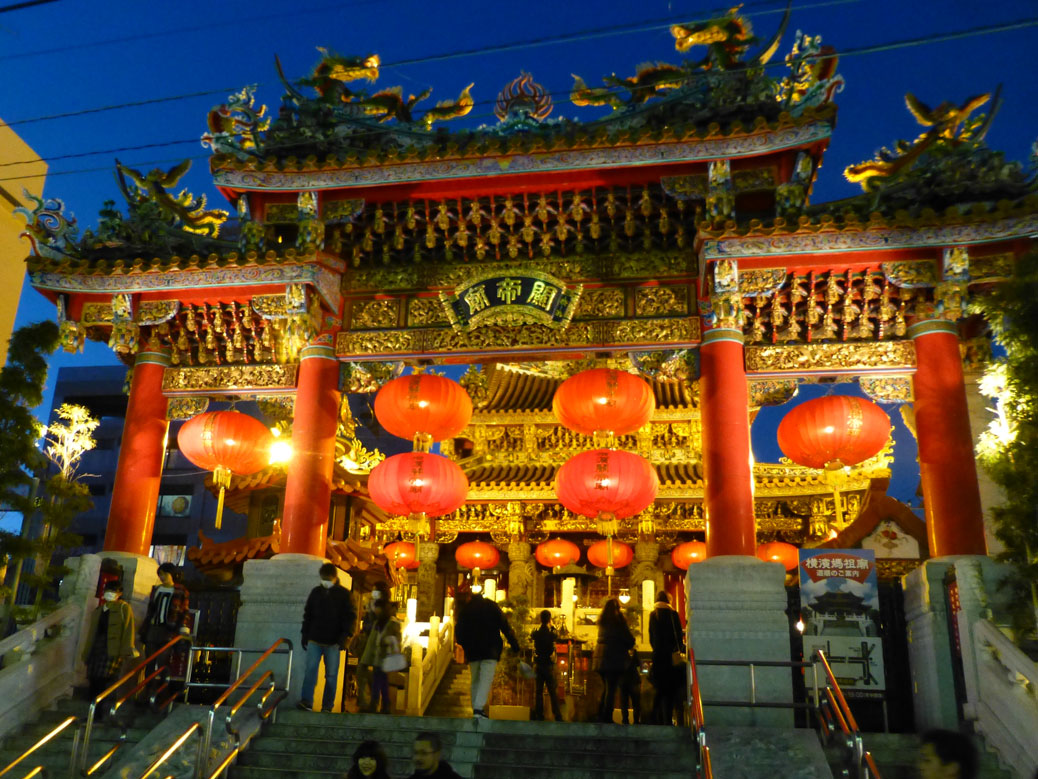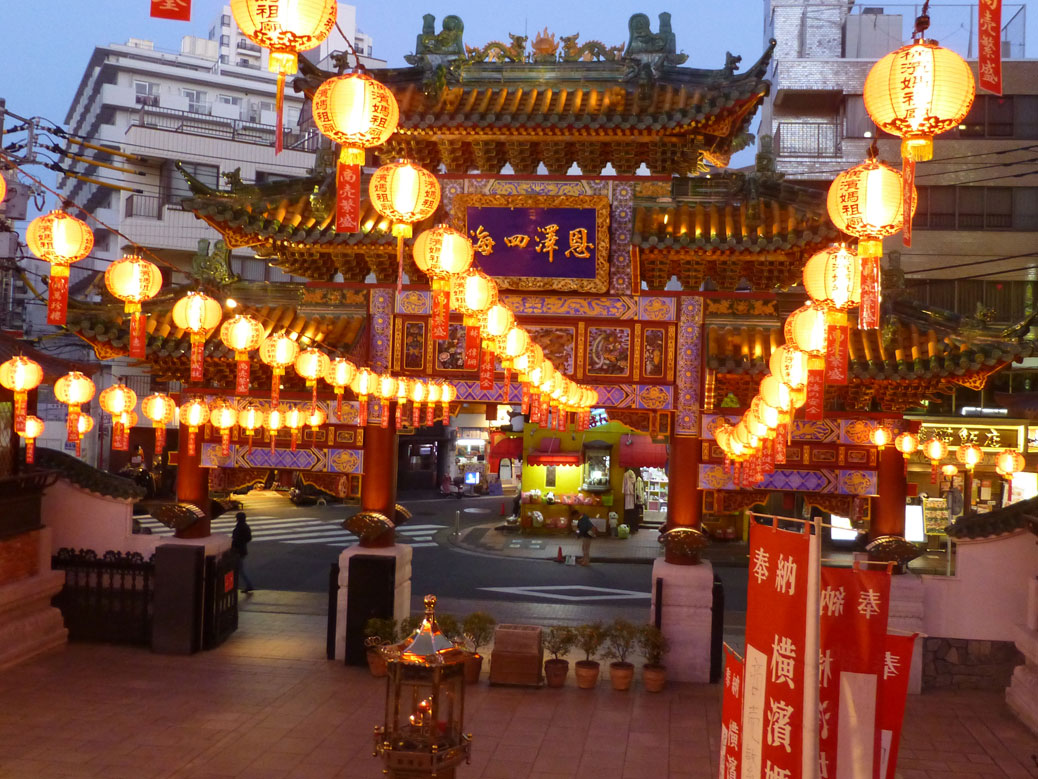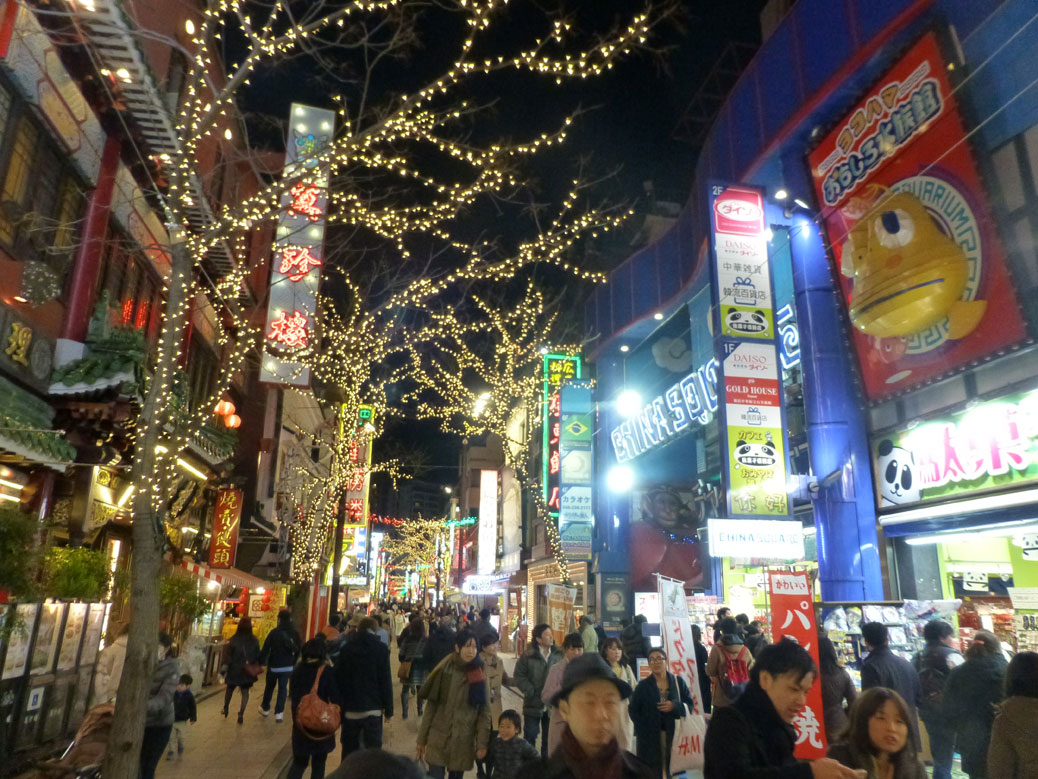In the U.S., ramen is a staple among poor college kids. A buck will get you three or four meals worth of freeze-dried noodles and too-salty seasoning packets.
Ramen in Japan is a different story. You can still buy the instant stuff, but for roughly the same price, you can head to one of a jillion ramen shops for the real thing. Here, ramen is an artform. It’s full of complex flavors created by labor-intensive processes.
The base is called dashi. It’s made by boiling aromatics like onions, garlic and ginger with konbu (dried seaweed) and katsuoboshi (dried, smoked fish shavings). Recipes are passed down through generations, refined over hundreds of years. In traditional-style restaurants, chefs are judged on the quality of their dashi. Dashi is subtle, but key to the essence of Japanese food as it serves as the basis for most Japanese recipes. It’s also part of the reason it’s difficult to be a non-fish-eating vegetarian in Japan.
The soup broth is typically made from pork. A thick white stock is made from simmering the bones, fat and meat for several hours. The broth is strained and added to the dashi, creating the core of the soup.
Ramen noodles are fresh, not freeze-dried. They’re made from kansui (an alkaline salt water) or eggs, giving them the durability to rest in a hot broth without disintegrating. They come in a variety of thicknesses, often depending on the region.
The toppings are what really differentiate ramen from region to region and chef to chef. A thin slice of pork is typically placed on top. Miso paste might be added, giving the broth a rich, saltier flavor. Korean chili paste can be added to create a spicy ramen. Ground pork might float in the bowl, adding another layer of flavor and texture. A salad with green onions and bean sprouts tossed in sesame oil is one of my favorite extras.
A soft-boiled egg is often included, although some shops just place a bowl of hard-boiled eggs on the counter. Soy sauce, raw garlic, chili oil and Japanese chili powder (shichimi) are common DIY additions provided by the shops.
Finding a good vegetarian ramen, even in Tokyo, is difficult. Strike good… just finding vegetarian ramen period is tough. The best is at T’s Tantan in Tokyo Station. Even non-vegetarians line up at all hours for their various vegan ramen options. The Ramen Museum in Yokohama also has a few tasty choices. But your corner ramen shop isn’t going to be much help. They take pride in their soup and aren’t really equipped to modify the broth for you.
Fortunately, making authentic-tasting vegetarian Japanese ramen at home is pretty easy. True to form, my recipe uses a homemade dashi and broth with storebought fresh ramen noodles. Outside of Japan, you should be able to find most ingredients at Trader Joe’s/Whole Foods-type stores or a local Asian market. It’s a great meal for these cold winter nights!
Spicy Miso Ramen (Vegetarian)
Dashi
- 6 cups water
- 1 tbsp no-chicken bouillon + 1 tsp no-beef bouillon
- 2 cloves garlic, crushed
- 14 grams peeled raw ginger, sliced (thumb-sized piece)
- 2-3 green onions
- 3″ x 1″ (8 x 3cm) dried kombu
- 1 tsp sesame oil
Soup Base
- 3-4 tbsp miso paste
- 1 tbsp + 1 tsp sake (mirin can be substituted)
- 2 tsp soy sauce (full-salt is best)
- 1/8 tsp sugar
- 1/4 tsp Korean chili bean paste (Tobanjan)
Seasoning
- 1 tbsp + 1 tsp sesame oil
- 1 clove garlic, grated
Noodles
- Fresh ramen noodles
Toppings
- Green onions, sliced for garnish
- Soft-boiled or poached eggs — 1 per bowl
- Fried tofu, sliced
- 1/4 cup small-crumble TVP with enough dashi to cover
- 1/2 cup corn kernels, pan-fried in butter and salt
Directions
- Prepare the toppings before making the soup and noodles. Once the noodles are cooked, you will need to add the soup and toppings right away or the noodles will get soft.
- Put dashi ingredients in a large pot and let boil for 15 minutes. Strain, then put the broth back in the pot.
- Add soup base to the dashi and let it simmer at low heat. Push the miso paste through a wire mesh strainer with the boiling dashi to make sure you don’t have large lumps of salty miso paste in your soup.
- In another pot, add ramen noodles to boiling water. Cook according to the package—about three minutes for fresh noodles.
- While cooking noodles, add seasonings to the soup and stir.
Assembly
- Put TVP into the bottom of each bowl.
- Divide noodles into each bowl.
- Add soup.
- Top with tofu, eggs, corn and green onions.
Serve with a deep soup spoon and chopsticks.
If you try it, leave a note in the comments and let me know what you think!

